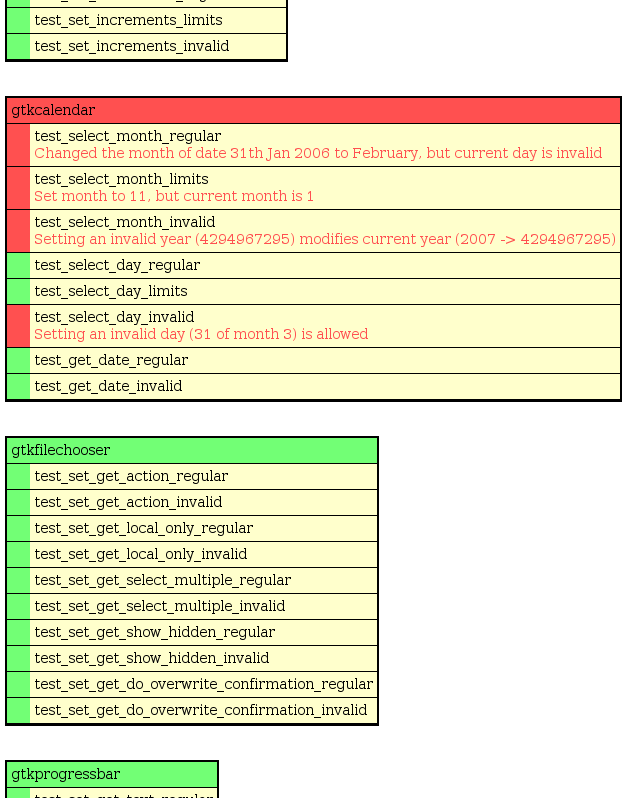Scenery
Imagine you have a pretty mobile or portable device with email access. You love using it for reading mail just because you don’t have to use your laptop or pc, and your fantastic device can go in your pocket or handbag.
This device is fantastic, yes, but it has a limited storage capability. And you usually get a lot of mails, and some of them really big (with images, audio files or even videos). It’s not too difficult to exhaust the storage in some days or even hours.
Tinymail purge API
I added an API to Tinymail that lets you remove attachments stored locally (remove from cache in case the message is from a remote folder, or remove permanently if the folder is stored locally). The API
methods are these:
- tny_mime_part_set_purged (TnyMimePart *part): this method marks a mime part to be purged.
- tny_msg_rewrite_cache (TnyMsg *msg): this method rewrites the message to local storage (cache or not), but removing the attachments marked as purged.
Then, if you want to remove some attachments from a message, you only have to mark them as purged using the set_purged method, and then, make the change persistent with the rewrite_cache method.
Currently this is only available for IMAP and local MAILDIR provided folders, but it shouldn’t be too difficult to add support for this to other providers.
Implementation
The inners of the purge method are really simple. The only thing set_purge method does is setting the Disposition field of the mime part with the value purged. In camel backend:
camel_mime_part_set_disposition (priv->part, “purged”);
This mark is mostly innocent, and the implementation is the same for any mime part, independently of the provider (IMAP, maildir or whatever).
Then rewrite_cache simply rewrites all the message to the local representation of the message, but ignoring the contents of the mime parts marked as purged this way. What we get this way is a reduction in the local storage (we don’t expunge the header of the mime part, only the contents). We also keep more or less the same structure of the message, as the original mime part headers are still stored, even when they get empty contents.
Conclusion
The Purge API gives you more freedom to choose what you want to keep in your storage. You can not only wipe out full messages, but also wipe out specific attachments you don’t want to keep.


